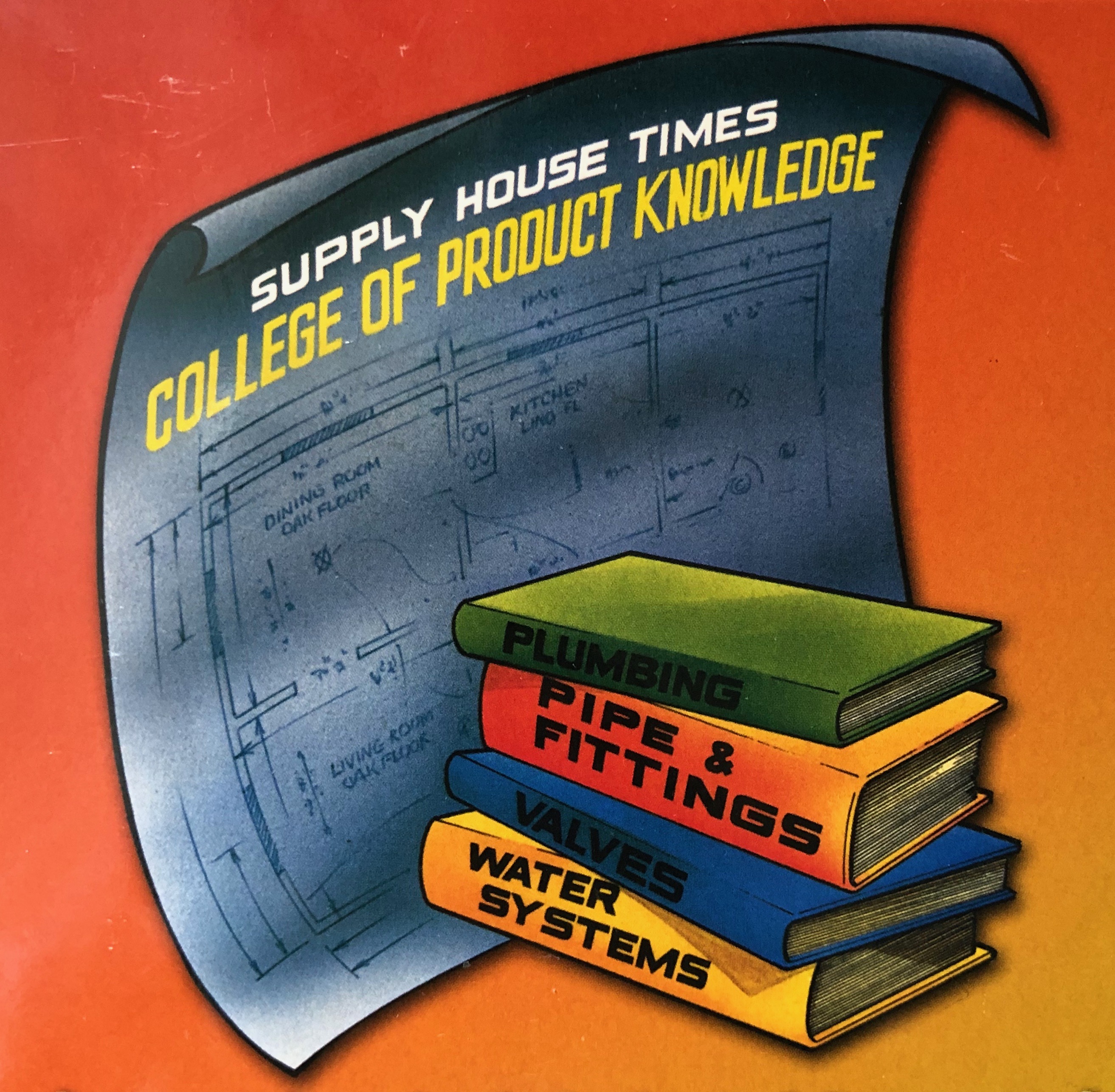Who’s afraid of AmazonSupply?
Be aggressive against new competition.

It’s no surprise online retail giant Amazon.com entered the industrial market in 2012 with the launch of Amazonsupply.com.
After all, the market for U.S. industrial supplies is more than $150 billion. It may appear Amazon and other industrial merchant sites will create downward price pressure and increased competition for wholesalers and distributors, eventually eroding their margins. While this will put pressure on margins, growing acceptance of the Web as a channel in business-to-business transactions could offset and potentially outweigh that effect for some smart B2B suppliers.
Today, B2B sellers differentiate pricing through customer-specific negotiations. Sellers offer and buyers accept different prices reflecting the relative costs and value of the relationships. Given the confidential “opaque” nature of these agreements, customers don’t really know how their pricing compares to others. This lack of price transparency always has existed and been accepted in B2B markets because competitors force suppliers to keep prices within an acceptable range.
The emergence of industrial merchant websites seeks to disrupt existing customer-supplier relationships resulting in more transparency and consistency in pricing. By publishing prices for thousands of industrial products online buyers have a new, potentially lower price point to comparison shop. If Amazonsupply.com and other Web-only suppliers pull acceptable prices down for a significant portion of the industrial spend, then relationship-based brick-and-mortar companies will have to respond. This will be especially problematic if buyers only care about price.
The reality is industrial merchant sites are likely to be no different than the multitude of small, local, low-cost distributors that large distributors have been effectively competing with for years. Top-tier distributors have an integrated value proposition, including portfolio breadth, technical support and financing for which many customers are willing to pay. In fact, much of the existing price differentiation already reflects the degree to which buyers value those offerings.
Take Grainger, for example. As North America’s largest supplier of maintenance, repair and operating products, the company competes by helping customers minimize costly unplanned MRO spending and saving them money over the long term – value-added services industrial merchant sites can’t match.
Remain strong
As long as large distributors remain diligent on communicating and delivering differentiation, Web-only players are likely to capture only a small piece of the total market, most likely where margins already are thin.
Instead of taking a wait-and-see approach, suppliers who are developing their own e-commerce channels have an opportunity to achieve better prices and margins overall, offsetting any negative impacts from merchant sites.
Online transactions are beginning to account for a higher percentage of sales, replacing some manual catalog and inside sales transactions. However, the effect on margins is not fixed. Just providing undifferentiated trade prices on the Web and forcing customers to call for a real price quote won’t help distributors compete with Amazonsupply.com or increase profits.
Industry leaders are beginning to integrate differentiated prices into their own secure e-commerce sites and online quoting tools. Winning business at customer-specific target prices over the Web is actually easier than through manual, negotiated channels. Here’s why: When a customer is negotiating a transaction, the sales rep, out of fear of losing the sale, is likely to offer a discounted price that is lower than what the buyer was actually willing to pay. An e-commerce site, by contrast, doesn’t negotiate or over-discount.
When truly differentiated prices are offered through an e-commerce site, distributors see better price realization, higher profits and lower costs to serve customers. Smart companies will exploit this, more than offsetting the downside of increased price transparency from industrial merchant sites.
HELPFUL LINKS
Looking for a reprint of this article?
From high-res PDFs to custom plaques, order your copy today!







